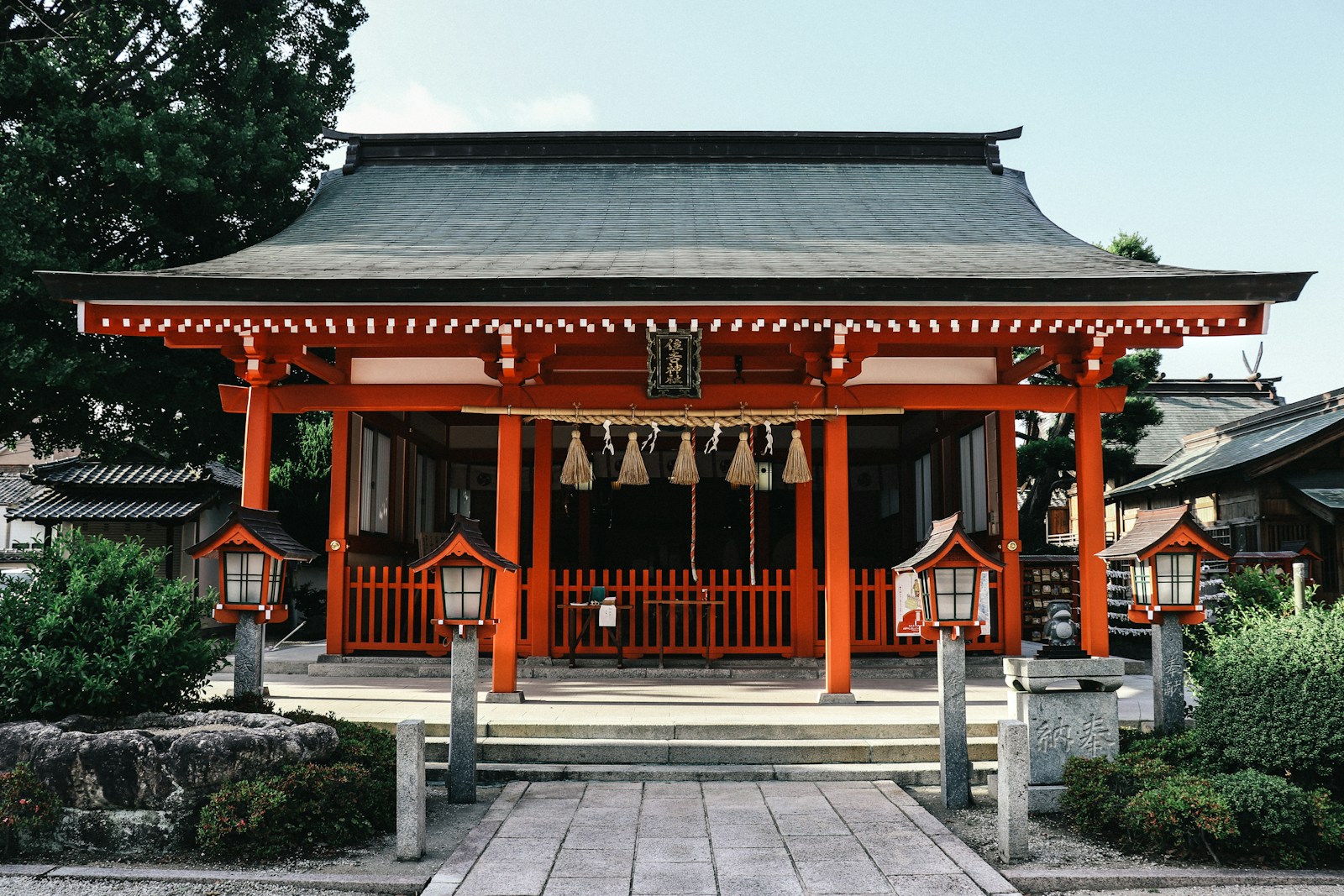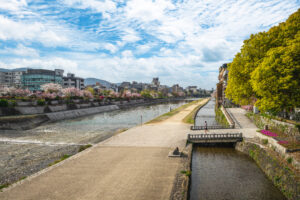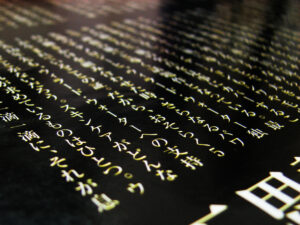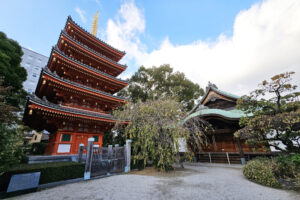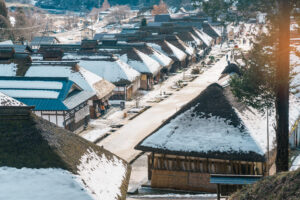Japan’s architectural landscape is a mesmerizing tapestry woven from centuries of innovation, tradition, and cultural fusion. From the ancient wooden structures that blend seamlessly into nature, to the ultramodern skyscrapers that punctuate its city skylines, Japan’s architectural evolution tells a story of a society’s relationship with its environment, beliefs, and the wider world. This journey from ancient shrines to modern marvels is not just a story of aesthetic transformation but also a reflection of societal shifts, technological advancements, and cultural exchanges that have shaped Japan into a unique architectonic wonderland.
1. Dawn of an Era: Early Japanese Architecture
The origins of Japanese architecture can be traced back to the Jomon period, characterized by pit dwellings, and later the Yayoi period, which introduced more sophisticated techniques and the use of wood. These early structures were primarily functional, designed to withstand the challenges of Japan’s climate. By the Kofun period, keyhole-shaped tombs and haniwa terra cotta figures started to dot the landscape, indicating a shift towards more monumental architecture. This era laid the foundational aesthetics of simplicity and harmony with nature that would define Japanese architecture.
2. Shinto Shrines: Windows to the Spiritual World
Shinto, Japan’s indigenous spirituality, has had a profound impact on its architectural ethos. Shinto shrines, designed to be temporary and in harmony with nature, reflect a deep reverence for the natural world. The use of natural materials, primarily wood, and the emphasis on purity and simplicity are hallmarks of Shinto architecture. Iconic structures like the Torii gate signify the transition from the mundane to the sacred, demonstrating architecture’s role in guiding spiritual experiences.
3. The Asuka and Nara Periods: Budding Buddhist Influence
The introduction of Buddhism to Japan during the Asuka and Nara periods brought about significant architectural developments. The construction of grand Buddhist temples, such as Horyu-ji, the world’s oldest wooden building, marked a departure from the simplicity of Shinto shrines. These structures, featuring intricate designs and elaborate ornamentation, not only served religious purposes but also acted as symbols of political power and cultural sophistication. The Nara period, in particular, saw the establishment of a centralized government, which further facilitated the spread of Buddhist architecture.
4. Heian Period: The Birth of Classic Japanese Style
The Heian period heralded the emergence of a uniquely Japanese architectural style, moving away from Chinese influence that dominated earlier Buddhist designs. This era saw the development of the shinden-zukuri style, characterized by its open floor plans, raised buildings, and connectivity with surrounding gardens, creating a seamless indoor-outdoor living experience. The Heian period’s aesthetic principles, focusing on natural beauty and understated elegance, have had a lasting impact on Japanese architecture.
5. Samurai Strongholds: Castles of the Warring States
The feudal era of Japan, marked by constant military conflict, gave rise to the construction of formidable castles. These structures, built atop hills or surrounded by water for defensive purposes, were not only military strongholds but also symbols of samurai power and authority. With their massive stone foundations and elaborate wooden superstructures, these castles incorporated both functional and aesthetic elements, including the iconic curved rooflines that have become synonymous with Japanese traditional architecture.
6. Edo Period: The Rise of Urban Aesthetics
The peaceful Edo period fostered a flourishing of culture and the arts, including architecture. The period was marked by the growth of vibrant cities, such as Edo (modern-day Tokyo), and the development of distinct urban architectural styles. Machiya, or traditional townhouses, and the grandeur of the Tokugawa shogunate’s castles and gardens, exemplified the era’s refined urban aesthetic. This period also saw the codification of architectural techniques and styles, laying the groundwork for future generations.
7. Meiji Restoration: Western Influence Meets Eastern Tradition
The Meiji Restoration marked a period of rapid modernization and westernization in Japan, profoundly impacting its architectural landscape. The government actively encouraged the adoption of Western technology and design, leading to a wave of brick and stone buildings, including schools, banks, and government offices. However, this Western influx did not erase traditional Japanese architectural principles; instead, it led to a unique blend that incorporated Western materials and techniques with Japanese aesthetics and functionality.
8. Taisho and Early Showa: The Modern Fusion Begins
The Taisho and early Showa periods were characterized by further experimentation and fusion between Western and Japanese architectural styles. The Art Deco movement, in particular, found resonance in Japan, leading to the creation of buildings that combined modernist elements with traditional Japanese motifs. This era also saw the emergence of the first generation of architects trained in Western methods, who played critical roles in laying the foundation for contemporary Japanese architecture.
9. Post-War Reconstruction: Building the New Japan
Following the devastation of World War II, Japan faced the monumental task of rebuilding. This period of reconstruction was not just about physical rebuilding but also reimagining Japan’s urban landscape. Architects embraced modernism and the International Style, prioritizing functionality, simplicity, and the efficient use of space. The era saw the construction of iconic buildings such as the Tokyo Tower, symbolizing Japan’s aspirations for recovery and modernity.
10. The Bubble Era: Bold and Iconic Architectural Statements
The economic boom of the 1980s, known as the Bubble Era, saw Japan’s architecture reach new heights of innovation and extravagance. Architects had the resources to experiment with form, materials, and technology, leading to the creation of some of the most iconic and avant-garde structures in modern architecture. This period was marked by a sense of optimism and a futuristic outlook, reflected in the bold designs of buildings like the Nakagin Capsule Tower and the Tokyo Metropolitan Government Building.
11. Heisei Period: Sustainable and Innovative Designs
The Heisei period witnessed a growing awareness of environmental issues and sustainability, influencing Japanese architects to incorporate green technologies and sustainable practices into their designs. This era saw the rise of "smart" buildings that were not only aesthetically pleasing but also energy-efficient and environmentally friendly. The focus shifted towards creating architecture that could withstand natural disasters, reflecting Japan’s vulnerability to earthquakes and typhoons.
12. Reiwa and Beyond: Pioneering the Future of Architecture
As we enter the Reiwa era, Japanese architecture continues to push the boundaries of innovation, sustainability, and design. Architects are exploring new materials, technologies, and concepts to create buildings that are adaptive, resilient, and in harmony with the natural environment. The ongoing fusion of tradition and modernity, combined with a forward-looking approach to environmental and societal challenges, positions Japan at the forefront of global architectural trends.
From the humble beginnings of wooden structures designed to blend with nature, to the cutting-edge skyscrapers that define its modern cities, Japan’s architectural journey is a testament to its ability to adapt, innovate, and fuse diverse influences. This evolution reflects not just changes in styles and materials but also the underlying shifts in Japanese society, culture, and the environment. As Japan continues to shape its built environment, it remains a beacon of architectural excellence and innovation on the global stage.
